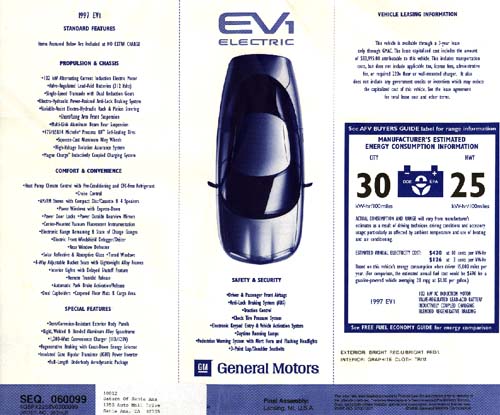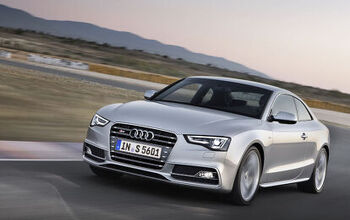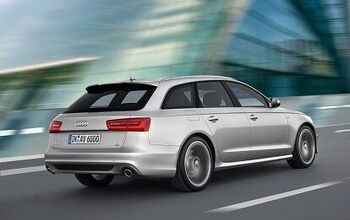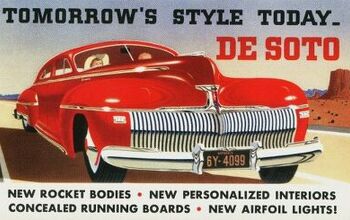1 View
What's Wrong With This Picture: 230 to Yuma Edition
by
Edward Niedermeyer
(IC: employee)
Published: October 4th, 2009
Share
Edward Niedermeyer
More by Edward Niedermeyer
Published October 4th, 2009 4:29 PM


































Comments
Join the conversation
@Justin Bewrkowitz and PeteMoran +1 Perception is everything and the perception today surrounding the Volt is it's not going to make it. The EV-1 was really everything you would expect from an electric vehicle and while not as cheap as the Prius it was cheaper than the Volt is expected to cost. It was the most aerodynamic vehicle ever sold. It's induction charging method was adopted by Toyota and others. Performance was adequate and range was more than enough for most people. Recharge times were acceptable. It used lead acid batteries, common technology which is cost effective. GM squandered a chance to lead. This would have been an excellent vehicle to build in NUMMI, over in the Left Coast.
What's wrong with this picture is that it demonstrates we've regressed when it comes to describing the energy efficiency of electric cars. kWh/100 miles is EXACTLY how their efficiency should be described- not some dubious, contrived version of mpg.
GM killed the trolleys? Not so. Interestingly enough, they weren't even accused of it until 1974.... after the trolleys had been dead for 40 years. Buses killed the trolley, and GM's only contribution was to build a very good, efficient, and comfortable bus. Henry Ford gets some of the blame for building cheaper cars, but buses did in the trolley. Buses were faster, cheaper to operate and ride, more comfortable, and more flexible - you could add or delete routes because of changing customer demand as easily as turning the steering wheel. Not so for the trolleys. Here's a link to a very good 22 page paper that gives a careful analysis of the reasons for the death of the trolley system. http://www.lava.net/cslater/TQOrigin.pdf A few more interesting points - government and the unions helped kill the trolley. Since they were the unchallenged transportation king from circa 1880 to circa 1920, governments generated lots of taxing by taxing them and the unions milked their cash cow nearly to death. In a monopoly situation, the trolleys passed on their increased costs until complaints about fares made governments start capping fares. So, early buses were fairly unregulated, and not unionized, while trolleys got squeezed more and more tightly between capped revenues and increasing costs. FWIW.
Yeah I would have sold my CR-X for an EV-1 easily. Same car class, different propulsion. Get them to market and let the folks that want 'em buy 'em. 'Cept I don't think the industry wants to sell them.